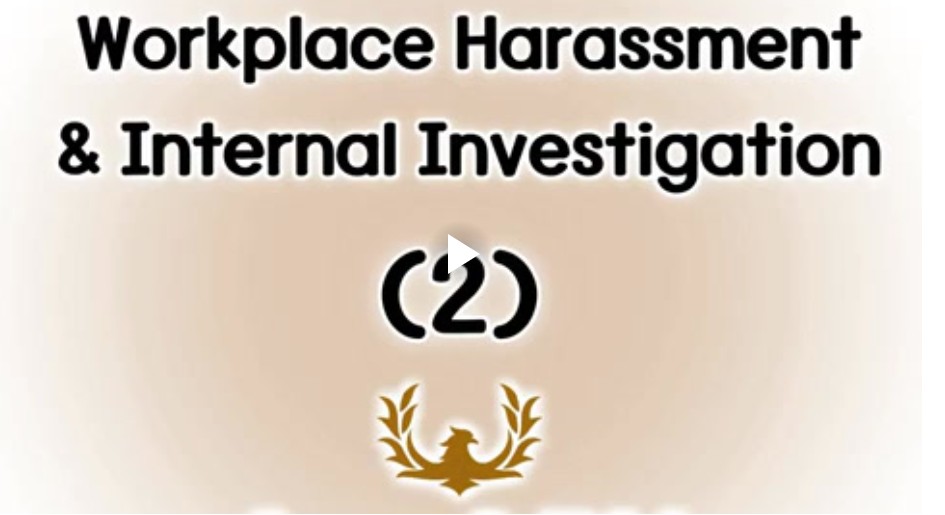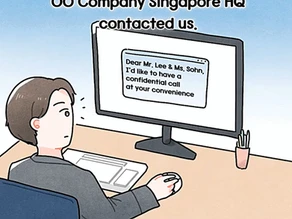The Korean Supreme Court Decision 2023Da217312, Decided on July 11, has redefined the scope of “low-hours employees” under the Labor Standards Act. According to this Act, workers averaging under 15 hours per week over four weeks typically do not qualify for weekly paid days off or minimum annual leave. However, eight university lecturers challenged this rule, arguing that their work exceeded 15 hours per week when factoring in lecture preparation, grading, and administrative duties, even if their contracts stated otherwise.
While lower courts ruled in favor of the government, citing insufficient evidence that actual hours exceeded the contractual ones, the Supreme Court overturned these rulings. The Court found that preparation and administrative tasks are integral to lecturers’ duties, and basing “low-hours” classification solely on contracted lecture hours misrepresents their true workload. The Court argued that excluding these tasks contradicts the intent of the Labor Standards Act, which is meant to exempt only those with minimal work hours and lesser involvement.
This decision grants these lecturers the right to weekly paid days off and annual leave and may set a precedent for other part-time employees with similar roles. It suggests that even if contractual hours are below 15, jobs requiring substantial preparation or additional duties might still qualify for these entitlements. This could also extend to severance benefits, though that was not addressed directly in this ruling.










